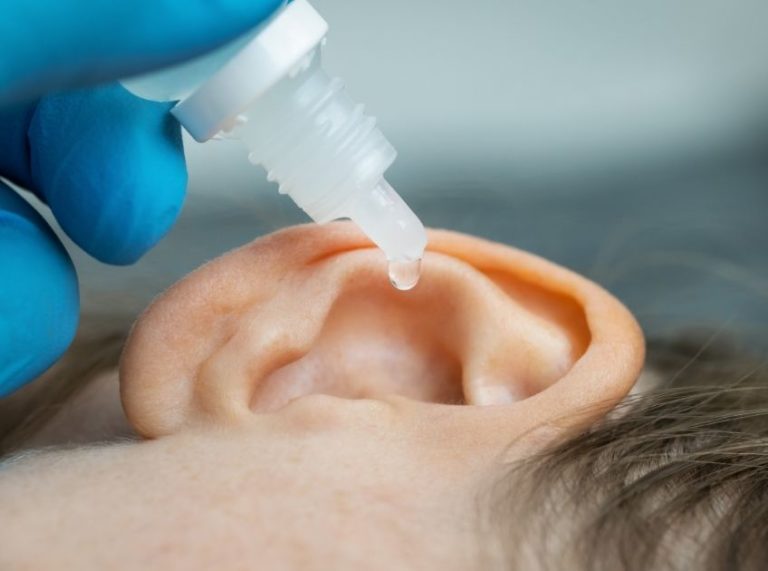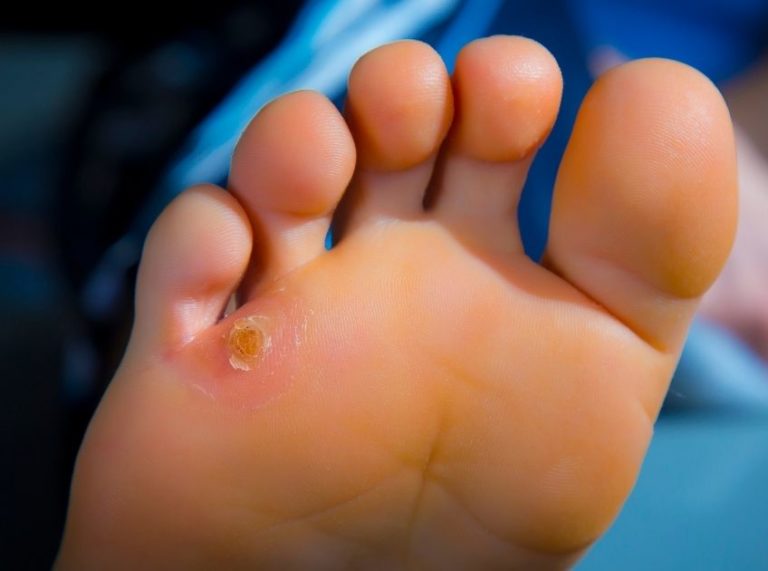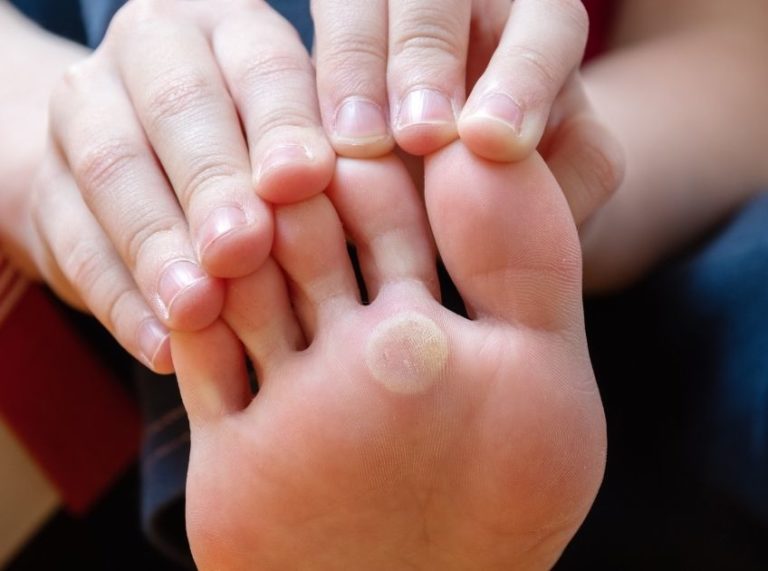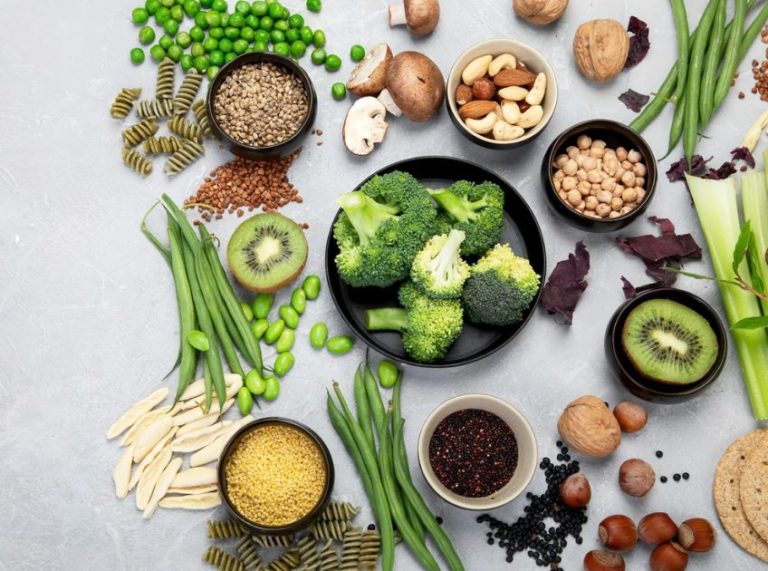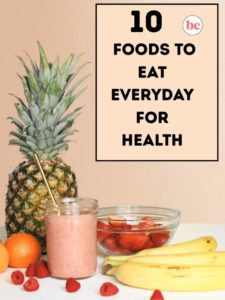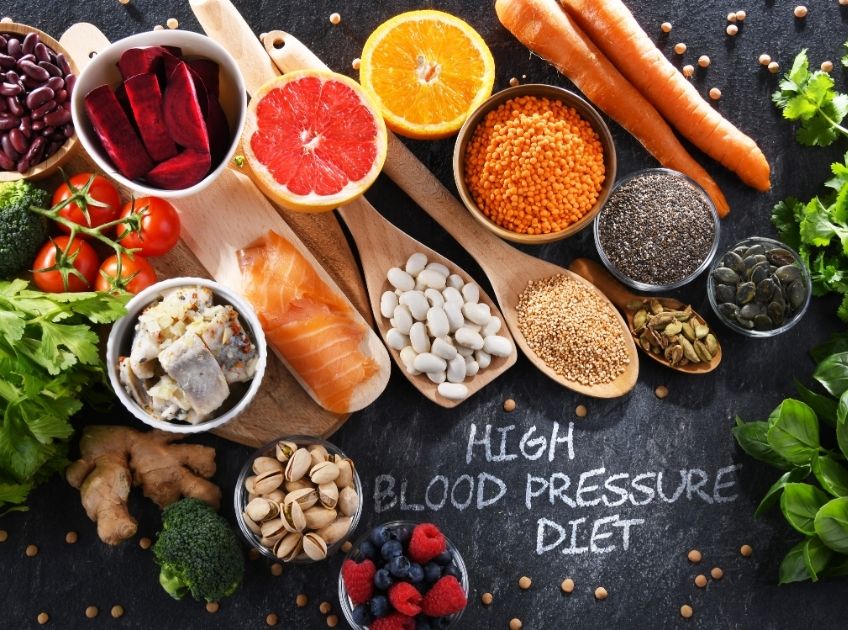
Important: This article is for informational purposes only. Please read our full disclaimer for more details.
High blood pressure, or hypertension, is one of the world’s most common yet silent health concerns. Often undetected until it causes serious complications, this condition affects the heart, kidneys, and overall well-being. Fortunately, research has shown that the right diet can play a powerful role in managing and even preventing high blood pressure. From potassium-packed fruits to omega-rich fish, what you eat can make all the difference.
In this article, we’ll uncover 15 of the best foods that naturally support healthy blood pressure levels — all backed by scientific evidence and expert insights.
Article Contains
15 Heart-Healthy Foods That Help Lower Blood Pressure
1. Leafy Greens: Nature’s Potassium Powerhouses
Leafy greens like spinach, kale, arugula, collard greens, and Swiss chard are nutritional all-stars. They’re rich in potassium, which helps your kidneys eliminate excess sodium through urine — a major factor in lowering blood pressure.
According to research from the American Heart Association, potassium-rich diets are strongly linked to lower hypertension risk (1).
How to include them: Add spinach to your morning smoothie, toss kale into salads, or sauté Swiss chard with garlic for a simple, heart-healthy side dish.
2. Berries: Tiny Fruits with Big Benefits
Blueberries, strawberries, and raspberries contain anthocyanins, antioxidants that give them their vibrant color and help improve blood vessel elasticity.
A Harvard study following over 30,000 women found that those who ate more berries had an 8% lower risk of developing high blood pressure (2).
How to include them: Mix berries into yogurt, oatmeal, or enjoy a fresh handful as a sweet, low-calorie snack.
3. Bananas: The Go-To Snack for Potassium
Bananas are one of the easiest ways to get your daily potassium fix — with about 420 mg per fruit. Potassium works by easing tension in blood vessel walls and offsetting sodium’s negative impact.
How to include them: Slice bananas over cereal, blend them into smoothies, or have one as a pre-workout snack for a natural energy boost.
4. Fatty Fish: Omega-3 Allies for the Heart
Fish like salmon, mackerel, sardines, and trout are packed with omega-3 fatty acids, known to reduce inflammation and improve arterial health.
A 2022 study published in the Hypertension journal found that regular omega-3 intake was linked to lower systolic and diastolic blood pressure levels (3).
How to include them: Aim for two servings of fatty fish per week. Grill salmon with herbs or add sardines to whole-grain toast for a quick, heart-smart meal.
5. Beets: The Blood Pressure Booster
Beets and beetroot juice contain nitrates, which your body converts into nitric oxide — a compound that relaxes and widens blood vessels, improving circulation.
A clinical trial in Hypertension (2015) showed that participants who drank beetroot juice daily had significantly lower blood pressure within four weeks (4).
How to include them: Drink fresh beetroot juice, roast beets with olive oil, or add grated beet to salads.
6. Oats: The Morning Heart Hero
Oats are an excellent source of beta-glucan, a soluble fiber that helps lower cholesterol and stabilize blood pressure.
A meta-analysis published in The Journal of Nutrition concluded that regular oat consumption can reduce both systolic and diastolic pressure (5).
How to include them: Start your day with oatmeal topped with berries and nuts for a double dose of heart-healthy nutrients.
7. Garlic: Nature’s Blood Pressure Medicine
Garlic contains allicin, a sulfur compound that enhances nitric oxide production and relaxes blood vessels.
According to a review in Integrated Blood Pressure Control (2020), garlic supplements can lower blood pressure almost as effectively as standard medications for some individuals (6).
How to include them: Use raw or lightly cooked garlic in soups, stir-fries, and salad dressings.
8. Dark Chocolate: A Delicious Way to Protect Your Heart
Dark chocolate (70% cocoa or higher) is rich in flavonoids, which help widen blood vessels and improve blood flow.
A British Medical Journal report found that moderate dark chocolate consumption can lower blood pressure and reduce cardiovascular risk (7).
How to include them: Enjoy a small square after meals or melt it into hot milk for a comforting, heart-healthy drink.
9. Yogurt: Calcium and Probiotics for Heart Balance
Low-fat or Greek yogurt provides calcium, potassium, and probiotics, all crucial for maintaining healthy blood pressure levels.
The Journal of Hypertension published findings that women who consumed yogurt regularly had a 30% lower risk of developing high blood pressure (8).
How to include them: Add yogurt to smoothies, or use it as a base for dips, dressings, and parfaits.
10. Pomegranates: The Antioxidant Shield
Pomegranates are packed with polyphenols and antioxidants that improve arterial function and reduce oxidative stress.
A 2012 clinical trial found that drinking one cup of pomegranate juice daily for two weeks significantly lowered systolic blood pressure (9).
How to include them: Drink fresh pomegranate juice or sprinkle seeds over salads, yogurt, or oatmeal.
11. Nuts and Seeds: Crunchy Nutrient Boosters
Almonds, walnuts, flaxseeds, chia seeds, and pumpkin seeds are rich in magnesium, omega-3 fats, and fiber — all vital for regulating blood pressure.
A review in Nutrients (2019) concluded that eating a handful of nuts daily can reduce hypertension risk (10).
How to include them: Snack on raw nuts, sprinkle seeds over smoothies or oatmeal, or add them to homemade energy bars.
12. Lentils and Beans: Plant-Based Protein for Pressure Control
Lentils, chickpeas, black beans, and kidney beans are high in potassium, fiber, and plant protein — a perfect combo for heart health.
Research published in Clinical Nutrition found that consuming one cup of legumes daily improved blood pressure and cholesterol levels (11).
How to include them: Add lentils to soups, make bean salads, or prepare a hearty dal or hummus spread.
13. Olive Oil: Liquid Gold for Cardiovascular Health
Extra virgin olive oil is central to the Mediterranean diet, renowned for reducing heart disease risk. It’s rich in monounsaturated fats and polyphenols that help maintain healthy blood vessel function.
A study in Archives of Internal Medicine found that olive oil consumption can lower the need for hypertension medications (12).
How to include them: Use olive oil as your main cooking fat, drizzle it over salads, or dip whole-grain bread in it.
14. Watermelon: Sweet Relief for Arteries
Watermelon contains L-citrulline, an amino acid that helps the body produce nitric oxide, improving blood vessel flexibility and blood flow.
A 2014 study in The American Journal of Hypertension found that watermelon extract helped reduce blood pressure in overweight adults (13).
How to include them: Eat fresh watermelon cubes, make a chilled smoothie, or enjoy it as a hydrating snack on hot days.
15. Green Tea: Sip Your Way to Lower Pressure
Green tea is rich in catechins, antioxidants that enhance blood vessel relaxation and lower stress-related spikes in blood pressure.
A review in The British Journal of Nutrition confirmed that consistent green tea consumption can modestly reduce both systolic and diastolic levels (14).
How to include them: Enjoy one to two cups of freshly brewed green tea daily — but avoid excess sugar or creamers.
Frequently Asked Questions (FAQ’S)
1. Can diet alone lower high blood pressure?
A. In many mild to moderate cases, yes. Adopting a balanced, low-sodium, and nutrient-rich diet can significantly lower blood pressure — especially when combined with regular exercise and stress management.
2. How quickly can I see results after changing my diet?
A. Some studies show improvements in as little as 2–4 weeks, particularly when following a DASH-style eating plan rich in fruits, vegetables, and whole grains.
3. Which foods should I avoid for high blood pressure?
A. Limit processed foods, salty snacks, red meat, and sugary drinks. High sodium and saturated fats can raise blood pressure and counteract your dietary efforts.
Managing high blood pressure doesn’t have to mean drastic lifestyle changes — it begins with mindful eating. Adding these 15 powerful foods to your diet can naturally support heart health and reduce hypertension risk. As science shows, your kitchen can be your strongest ally in maintaining a healthy, balanced life.
